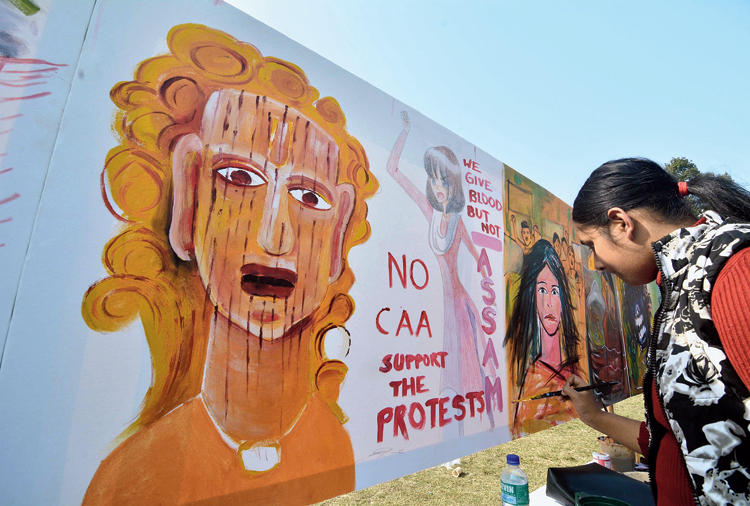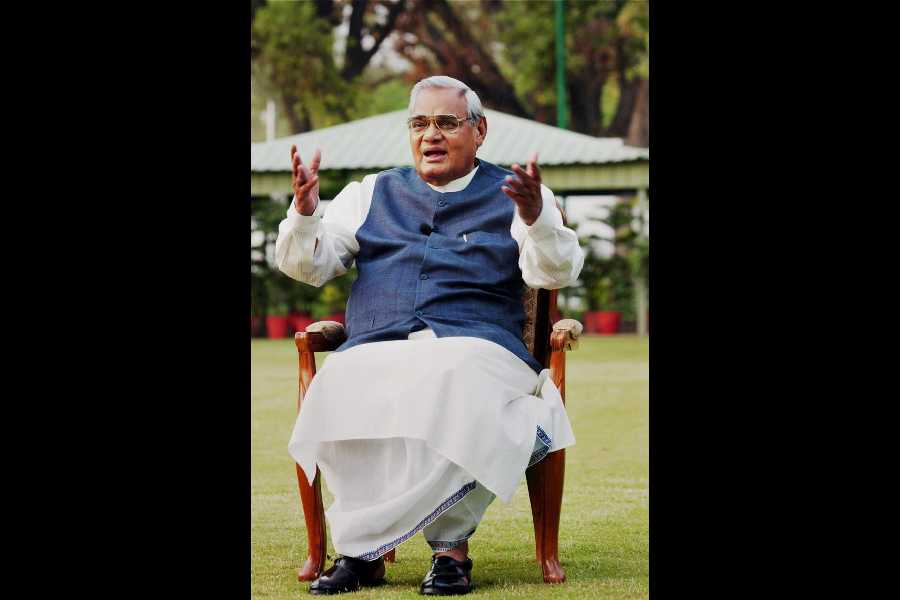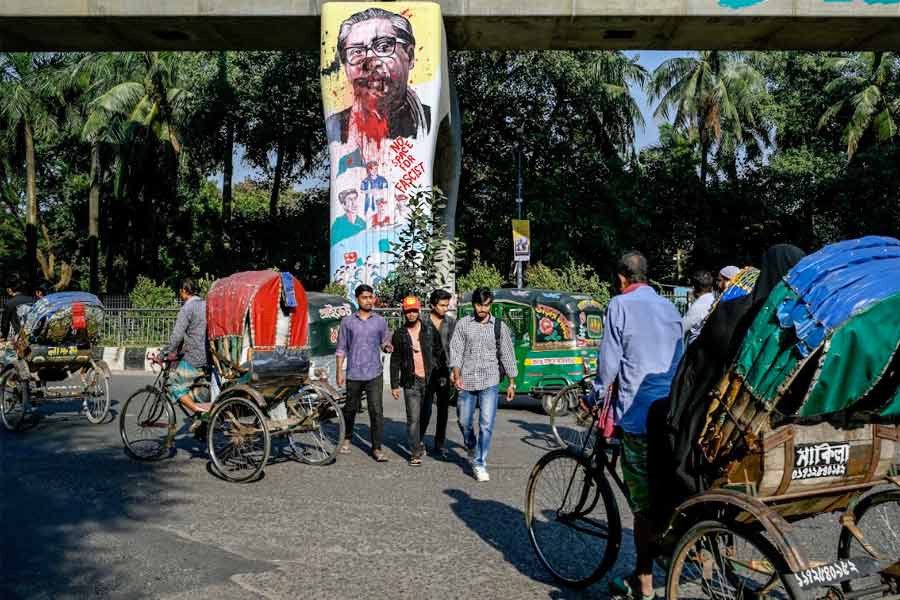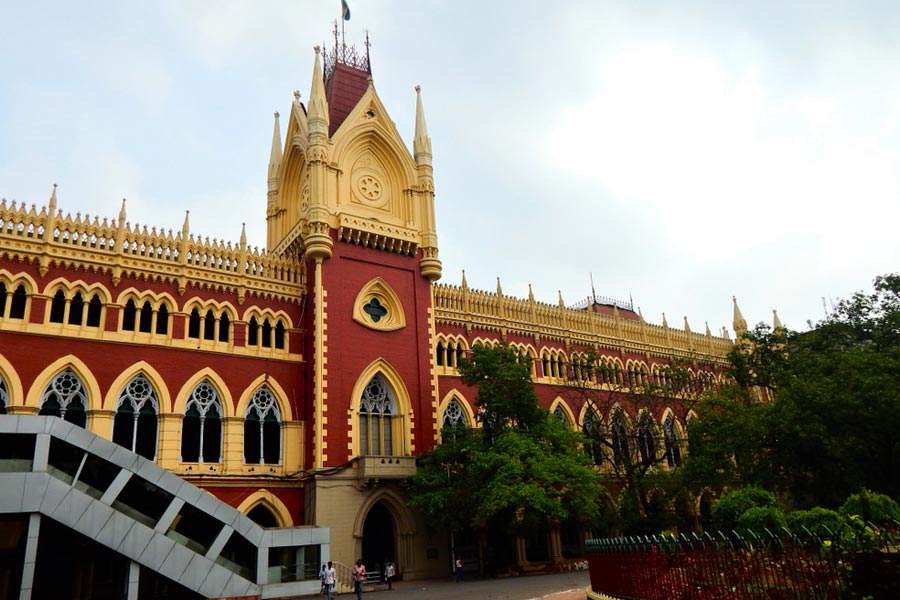At Latasil playground here on Wednesday, renowned painter Champak Borbora was meticulously guiding his colour-soaked brush on a canvas to convey the peril the Citizenship Amendment Act (CAA) poses to our Constitution.
The painting is telling — a woman stabbed in the back with a dagger stretching her gamosa-holding hand towards bullet-riddled Mahatma Gandhi. His last words, Hey Ram, are written over his image.
The woman symbolises the Constitution and the dagger the CAA, Borbora said, adding, “The way things are going, the day is not far when the Indian democracy will have to utter Gandhi’s last words.”
Borbora was one of over 200 painters from across the state who converged here to vent their anguish and concern over the CAA, which has thrown life out of gear in Assam. With the passage of the Citizenship Amendment Bill (CAB) by the Lok Sabha on December 9, Assam slipped into protest mode. Five persons have died and many arrested so far.
Each painting at Latasil reflects the “turbulent times the state is passing through and the uncertainty looming large over it because of the CAA,” said Dipanka Kumar Nath, president of the All Assam Students’ Union (AASU).
The “uncertainty” is fuelled by contradictory statistics about CAA beneficiaries — 1.8 crore according to some anti-CAA leaders and around five lakh according to the government. The Act facilitates citizenship to persecuted non-Muslim minorities from three neighbouring countries who entered India without valid documents till December 31, 2014.
Several poets also participated in the protest and kept the anti-CAA spirit going throughout the day with their poems.
There was no speech by any leader at the event organised jointly by the AASU, Gauhati Artists’ Guild, Fine Arts & Crafts Society and the Association of Visual Artists.
“It was decided that colours and poetry would do the talking today. Painting has been a tool of protest for centuries. What the painters captured today will help generations to see and understand this day,” said Kishore Kumar Das, the general secretary of Gauhati Artists’ Guild.
Theatre veteran Ratna Ojha observed that with the convergence of the artist community at Latasil, the participation of people from every walk of life in the anti-CAA movement was complete.
“Even the Assam Movement did not witness the participation of the artist community like today — united and in a large number. We will send these paintings to every district. They will be put up at anti-CAA protest venues,” said AASU chief adviser Samujjal Bhattacharjya.
Three students of the Government College of Art andCrafts made a huge collage of Assam map by sticking together pieces of newspaper headlines from the past two weeks. The headlines reflect every aspect of anti-CAA protest — from police firing on protesters to people spontaneously spilling onto the streets to police arresting people for their alleged involvement in vandalism.
“If the government fails to understand the language of today’s protest, I am sure it will face the consequences,” Nath said.
In Tezpur, three leading cultural figures, Mahendra Hazarika, Bipin Saodang and Manash Rabin, at an anti-CAA rally organised by All Assam Journalists’ Union, in association with the Thelamara unit of AASU at Kawimari in Sonitpur district, sang revolutionary songs and urged the people from all walks of life to continue the anti-CAA movement.
Additional reporting by our correspondent in Tezpur











